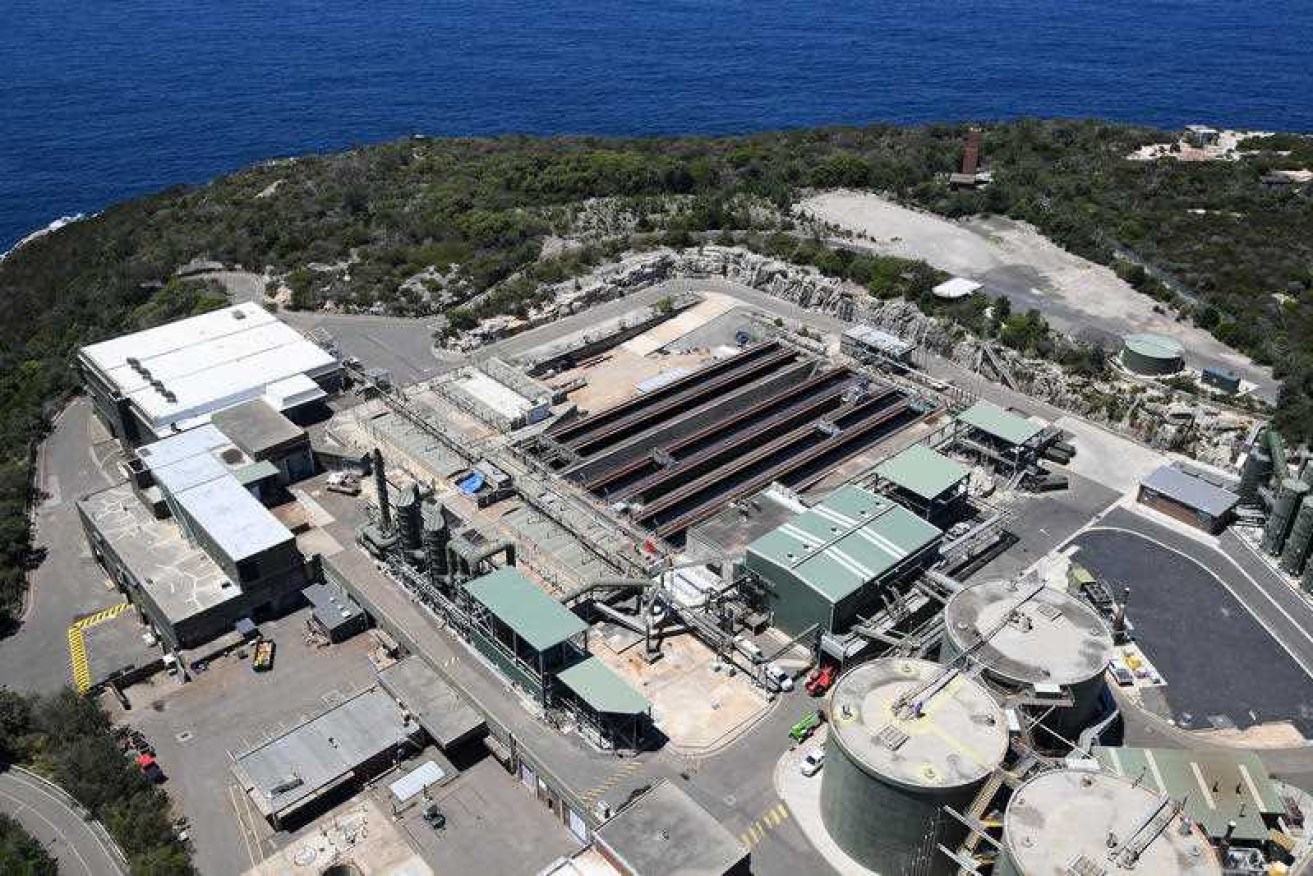Every flush helps bring Australian experts closer to pinpointing coronavirus hotspots


The North Head Wastewater Treatment Plant in Sydney. Photo: AAP
Traces of the coronavirus are being detected in sewage in areas of Australia without any known cases.
But it’s not unprecedented.
Last week, Queensland researchers were shocked to discover a mysterious COVID-19 sample in sewage systems in the Airlie Beach area – a region with no confirmed coronavirus cases.
And again, traces have since been detected in a sewer network servicing Apollo Bay, a small community of fewer than 2000 people along Victoria’s Surf Coast.
It was the first time a positive result had emerged from a Victorian town where there were no known active cases.
So what’s happening, and what does it tell us about how COVID-19 is spreading?

The small coastal town of Apollo Bay is on the Great Ocean Road. Photo: AAP
Dr Paul Harvey, an environmental scientist based in Sydney, said it was too early to make firm conclusions about the unexpected test results.
Although sewage testing has accurately identified cases in the past – including in New South Wales – there were some limitations, he said.
“There is typically a lag time between when someone flushes the toilet and it ends up in a sewage treatment plant,” Dr Harvey told The New Daily.
“Depending on the size of the network, it can be a couple of hours to a matter of days before it gets to a treatment plant.”

Experts are using wastewater to track down the coronavirus. Photo: Getty/TND
This means the researchers could be taking a water sample today that could be from a couple of days, or even weeks, ago.
Victoria’s chief health officer Professor Brett Sutton said the positive test in Apollo Bay’s sewage network did not necessarily mean there were cases of COVID-19 in the local community.
Instead, it could be from someone who took a toilet stop while travelling through the town.
It could also be coming from someone who had previously tested positive and was continuing to “shed” the virus, which could take several weeks.
Dr Harvey did not rule out the possibility that some samples had returned false positive tests.
How do scientists get the samples?
Warning: If you’re eating breakfast now, maybe come back to this part later.
Most sewage systems comprise of a series of stages, Dr Harvey said.
One of those is a settling pond, where all our “solids” end up after being flushed down the toilet. This is likely where samples are taken from.
Once the researchers have their sample, they run it through a test in a lab that is specifically designed to detect the SARS-CoV-2 virus strand that causes the coronavirus, Dr Harvey said.
“When you detect that genetic sequence in the water, you’re looking at COVID-19,” he said.
“It’s a very clean and specific way of doing your analysis. It means you can be very, very confident in the data that you’re looking at.”
Sewage tests for heroin, viruses and … platypus?
Wastewater testing is nothing new in Australia.
The method is used to find out all sorts of things about Australians, including the quantity and type of drugs we consume.
In March, the Australian Criminal Intelligence Commission released a snapshot of Australia’s wastewater, revealing 11.5 tonnes of methylamphetamine (the drug ice) was consumed nationwide in 2019.
It also showed 4.6 tonnes of cocaine, 2.2 tonnes of MDMA, and more than 900 kilograms of heroin had been consumed by Australians.

A baby platypus is called a ‘puggle’. Photo: Getty
“Everybody goes to the toilet, and it’s a really good way of analysing a very, very large population in a very quick and efficient process,” Dr Harvey said.
Last month, waterway testing revealed that platypus – one of Australia’s most elusive native animals – were living in unlikely, urban locations in Sydney.
“It is relatively unknown that we have platypus in the Sydney Basin,” said Dr Michelle Ryan, one of the study’s researchers from Western Sydney University.
“So it was good to see that they are here, and they may be able to withstand the pressures of a growing city.”








